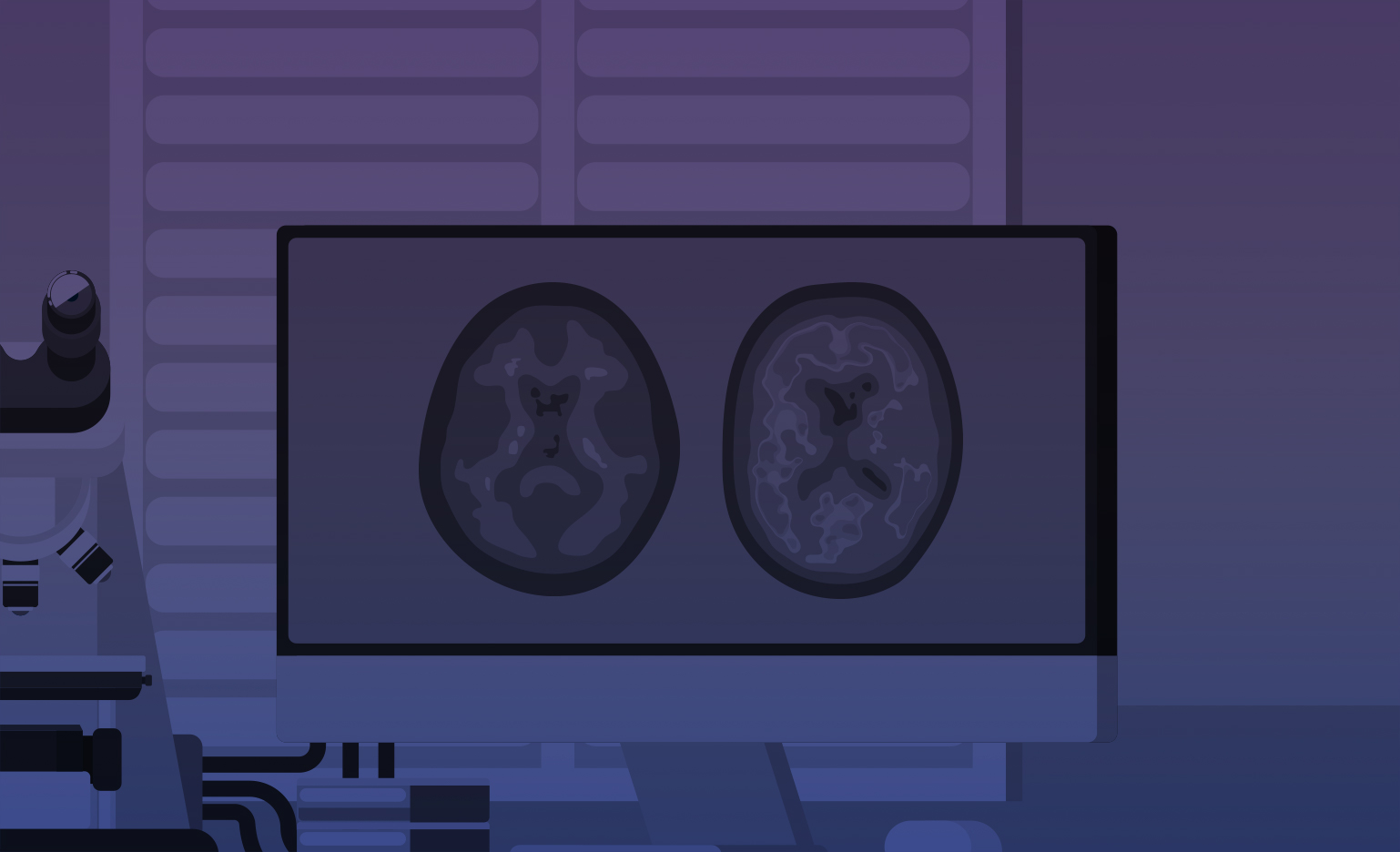Duke University
Duke University
A novel apoE-derived therapeutic reduces AD pathology
The overall scope of this proposal is twofold: to establish whether an acute traumatic brain injury causes reproducible Aβ deposition and Alzheimer’s disease (AD) pathology in a murine model that would be amenable to testing pharmacological interventions; and to test whether the administration of novel apolipoprotein E (apoE)-derived therapeutic petide could reduce histological evidence of AD and improve behavioural outcomes in such a model. In cell culture and in prior experiments, we have demonstrated that the apoE mimetic peptide is neuroprotectant and reduces brain inflammation, two mechanisms that might be expected to reduce neuronal injury and improve outcomes in the setting of Alzheimer’s disease. Moreover, in our preliminary results, we have demonstrated that the apoE-derived therapeutic reduces Aβ deposition and neuronal degeneration. One of the difficulties in testing pharmacological therapies for use in AD is the fact that most animal models of AD develop brain pathology over a prolonged period of time, and in an inconsistent fashion. In the current proposal, we used mutant amyloid precursor protein (APP) overproducing mice that are predisposed to developing AD pathology and exposed them to a controlled head injury. One of the difficulties that we encountered in the first 6 months of this proposal was the time to breed the mutant mice used for this protocol (amyloid precursor protein overproducers) in sufficient numbers to test the efficacy of the novel apoE-derived therapeutic. However, we were able to establish that a single closed head injury caused robust Alzhemier’s disease pathology (i.e deposition of β- amyloid, neurite degeneration) in a 3 month old mutant mouse that otherwise does not display evidence of AD pathology. This demonstrates the feasibility of this approach to cause accelerated and uniform development of AD pathology in a model that would be useful in testing the efficacy of a pharmacological intervention. We currently breeding these animals in-house and have sufficient numbers to test the apoE-derived therapeutic during the timeframe of this proposal. Initially, e utilized targeted replacment mice (mice expressing the human APOE2, APOE3, and APOE4 isoforms) and demonstrated that a single intravenous administration of apoE mimetic therapeutic peptide reduced brain inflammation in all three of these lines. Interestingly, however, the apoE-derived peptide only reduced histological evidence of neuronal injury and improved functional outcomes in APOE2 and APOE3 animals. Although APOETR mice do not spontaneosly depsit β amyloid, a single intravenous administration of apoE mimetic peptide reduced the amount of Aβ(1-40) in the brains of APOE2 and APOE3 animals 24 hours after injury. We next extended this work into PDAPP/APOE3 transgenic animals that (animals that overexpress amyloid precursor protein in a human APOE3 background) and demonstrate that the apoE derived therapeutic reduced neuronal degeneration and dramatically reduced Aβ in this murine model of AD pathology. These data demonstrate that a rationally developed apoE-based therapeutic intervention reduces neuronal injury, Aβ deposition, and improves functional outcomes in a head injury model. Interestingly, there appeared to be a pharmacogenomic interaction between the apoE-derived therapeutic and humanized apoE genotype, as the administration of the apoE peptide had minimal effect on functional outcomes in the APOE4 mice. Our initial data is consisitent with the possibility that administration of apoE derived peptide represents a novel therapeutic approach to slow AD pathology.

